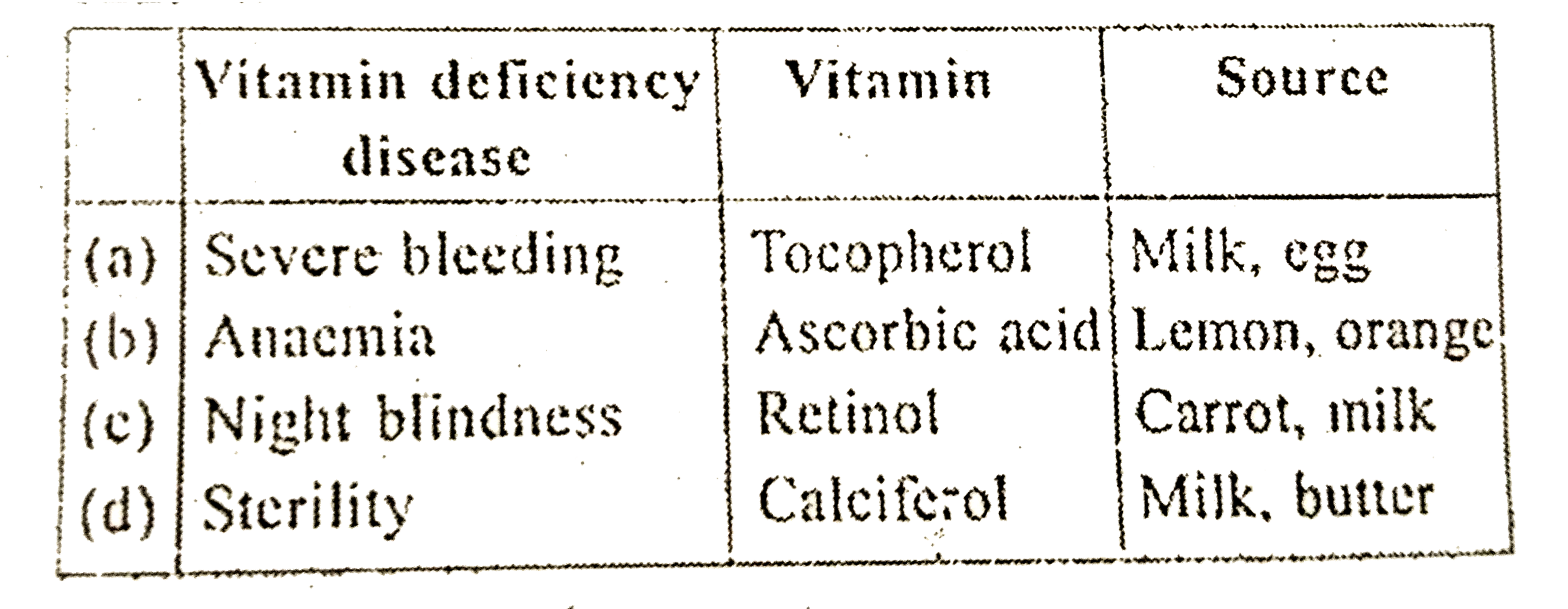Which is true
To solve the question "Which is true?" regarding the arrangement of molecules in bacterial cell walls, we can break it down step by step:
Step 1: Understand the Terms
- Tubulin: A protein that is a key component of microtubules, which are part of the cytoskeleton in eukaryotic cells.
- Pilin: A protein that forms pilus structures on the surface of bacteria, which are used for attachment and conjugation.
- Flagellin: A protein that makes up the filament of bacterial flagella, which are used for movement.
Step 2: Analyze the Options
1. Option 1: Tubulin and pilin molecules are helically arranged.
2. Option 2: Pilin and flagellin molecules are helically arranged.
3. Option 3: Tubulin, flagellin, and pilin molecules are helically arranged.
Step 3: Evaluate the Arrangement
- The question pertains to the arrangement of these molecules in the context of bacterial structures.
- It is known that flagellin and pilin are indeed arranged in a helical structure to form flagella and pili, respectively.
- Tubulin, while primarily associated with eukaryotic cells, does not typically form part of the bacterial cell wall structure.
Step 4: Determine the Correct Answer
- Since tubulin is not a component of the bacterial cell wall, Option 1 and Option 3 cannot be true.
- Option 2, which states that pilin and flagellin are helically arranged, is correct.
Conclusion
The correct answer is Option 2: Pilin and flagellin molecules are helically arranged.
---
- Tubulin: A protein that is a key component of microtubules, which are part of the cytoskeleton in eukaryotic cells.
- Pilin: A protein that forms pilus structures on the surface of bacteria, which are used for attachment and conjugation.
- Flagellin: A protein that makes up the filament of bacterial flagella, which are used for movement.
1. Option 1: Tubulin and pilin molecules are helically arranged.
2. Option 2: Pilin and flagellin molecules are helically arranged.
3. Option 3: Tubulin, flagellin, and pilin molecules are helically arranged.
- The question pertains to the arrangement of these molecules in the context of bacterial structures.
- It is known that flagellin and pilin are indeed arranged in a helical structure to form flagella and pili, respectively.
- Tubulin, while primarily associated with eukaryotic cells, does not typically form part of the bacterial cell wall structure.
- Since tubulin is not a component of the bacterial cell wall, Option 1 and Option 3 cannot be true.
- Option 2, which states that pilin and flagellin are helically arranged, is correct.
The correct answer is Option 2: Pilin and flagellin molecules are helically arranged.
Topper's Solved these Questions
- KINGDOM MONERA (THE PROKARYOTES)BOOK - DINESH PUBLICATION ENGLISHCHAPTER - KINGDOM MONERA (THE PROKARYOTES)EXERCISE - REVISION QUESTIONS FROM CPMPETITIVE EXAMS.
500 Videos
- KINGDOM FUNGI-MULTICELLULAR DECOMPOSERSBOOK - DINESH PUBLICATION ENGLISHCHAPTER - KINGDOM FUNGI-MULTICELLULAR DECOMPOSERSEXERCISE - CYG
19 Videos
- KINGDOM PLANTAE OR METAPHYTA BOOK - DINESH PUBLICATION ENGLISHCHAPTER - KINGDOM PLANTAE OR METAPHYTA EXERCISE - CYG
20 Videos
Similar Questions
Knowledge Check
Which is not true of prokaryotes?
AThey are living cellsBThey lack a nucleusCThey are either archaebacteria or eubacteriaDAll are parasitic
Which are true for a standard hydrogen electrode ?
View SolutionWhich is not true
View SolutionWhich is not true ?
View SolutionWhich are true ribs, false ribs, and floating ribs?
View SolutionWhich is not true for cockroach?
View SolutionWhich match is true ?

View SolutionWhich is not true regarding ecosystem?
View Solution
